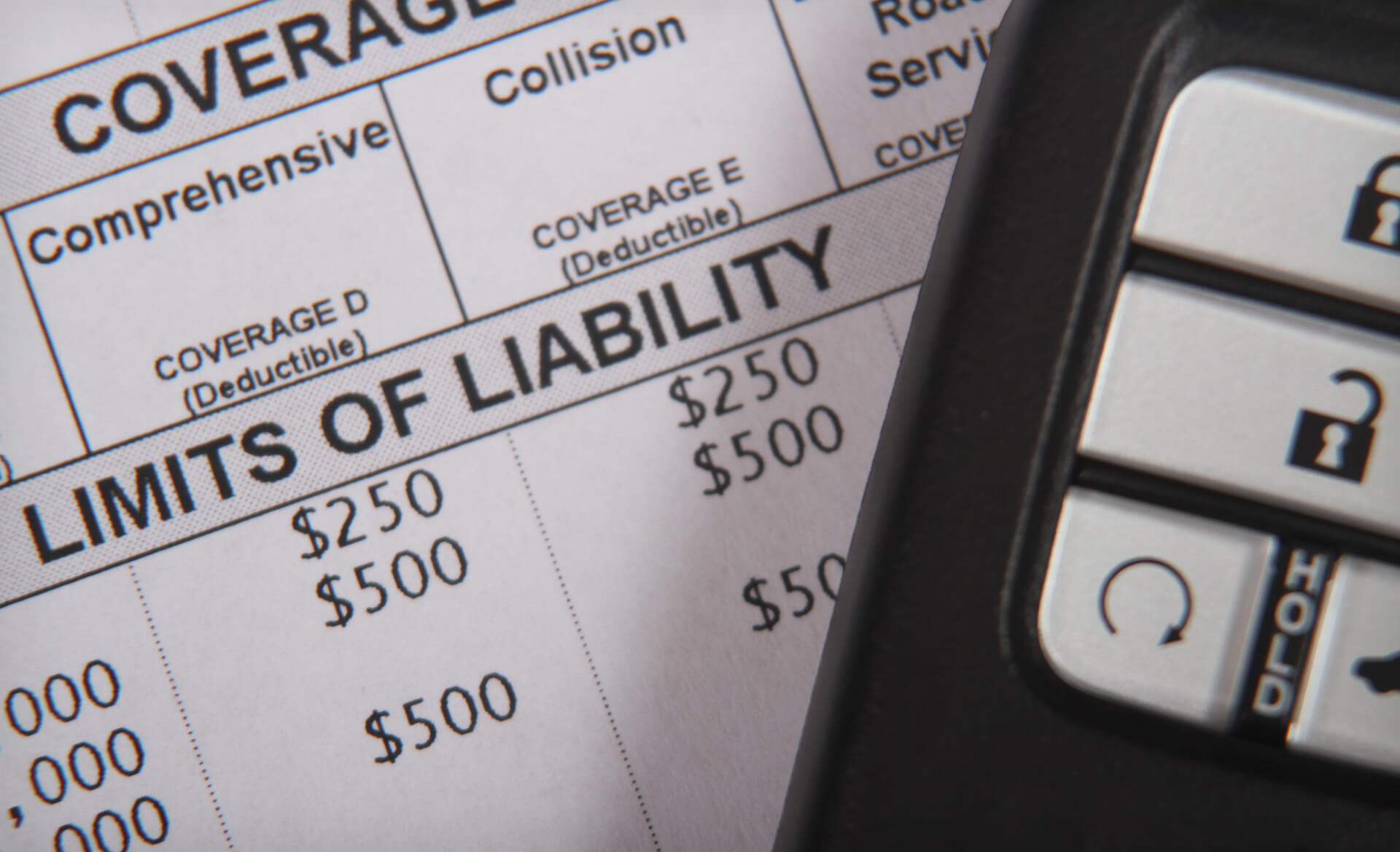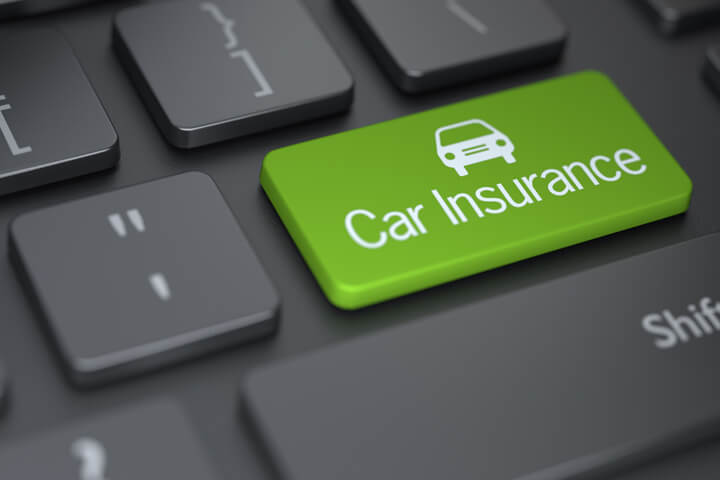The portion of your auto policy that covers injuries you cause in an accident is liability coverage. It has two key components:
Bodily Injury Liability Coverage
If you cause an automobile accident that harms other people and is your fault, this coverage will payout. BI, or bodily injury liability insurance, usually covers medical expenses, recovery treatments, and lost income if someone can’t work while recovering from an injury. It may also cover funeral expenses following a fatal accident.
Property Damage Liability Coverage
Personal injury protection (PIP) pays for injuries you cause to other people’s automobiles or property when you’re at fault in a collision. It might be worth it to fix the driver’s car of the person who collided with you, for example.
This coverage protects you from paying for any property damage that is caused by someone else’s negligence. It also covers the contents of your car if it gets damaged as a result of someone else’s carelessness. Assume you have $4,000 in crystal in your trunk that has now become sparkling rubble after getting into a tiny fender bender with another car. Your property damage liability insurance will cover the repair and replacement of your bumper.
Liability car insurance can also cover legal costs or court expenses if you are sued after an accident.

Liability of Car Insurance Limits
In most situations, bodily injury coverage will only pay up to the maximum amounts stated in your policy or limits. If an incident causes damage that exceeds these limits, you’ll be responsible for the remainder.
Split Liability Limits
Three main liability limitations are included in most car insurance policies, which are typically summed up by three numerals. For example, your state’s required basic coverage may be written as “30/60/15.” Here’s what that means.
The maximum amount of compensation that your insurance will pay in the case of an accident is $30,000 per person. The first figure (“30” in the example above) is the maximum amount your insurance would pay for injuries to a single individual following an accident (“30” standing for $30,000).
The bodily injury liability cap for each accident. The second number is the maximum amount of money you will be responsible for in medical expenses after an accident if everyone you impact suffers injuries — including yourself. If there are numerous individuals injured in a collision, the per-accident maximum comes into play (that’s the “60” above, meaning $60,000).
Limit how much you can be held responsible for in the event of an accident. The maximum amount your insurance company will pay for property damage you cause is shown by the last number (“15” above, $15,000).
One thing to remember: While bodily restrictions have a per-person limit, property damage liability has only a per-accident limit. The final number ($15,000 in this example) will be used to determine your insurance’s overall coverage, with you responsible for the remainder.
Combined Single Limit Liability
Split limit liability coverage is one alternative to a split limit liability policy. A single unlimited liability limit, on the other hand, covers both bodily injury and property damage. In many situations, combining single limit insurance provides more financial security than split limit coverage.
Consider an example with a split liability limit of $30,000 (30/60/15). Assume you’re in an accident and injure two people, one of whom requires $10,000 worth of treatment and the other of which requires $50,000. Because the per-person maximum on your policy was exceeded by the second person’s rehabilitation, you’d have to pay out $20,000 for his injuries under the split liability limit. However, because your overall liability is limited to $60K, all medical expenses would be reimbursed.
The advantage of combined single limits is that they may be less expensive than split limits.

What Liability Auto Insurance Doesn’t Cover
Liability car insurance does not cover your own medical expenses or automobile repairs; it simply covers other people for the harm you cause on the road.
To pay your own expenses, you’ll need to utilize various sorts of insurance, such as health insurance for your medical expenses and collision insurance for repairs to your car. Consider purchasing comprehensive vehicle insurance if you want additional protection. A full-coverage policy is not a distinct type of coverage; rather, it refers to a combination of coverage types, including liability insurance and comprehensive and collision coverage.
